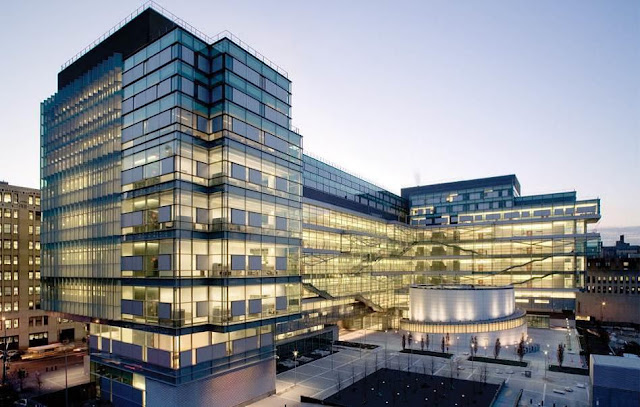Why is Glass so Trendy in Commercial Buildings?
Glass is a versatile material. Glass can absorb, refract or transmit light. It has the ability to make any building more luxurious and modern. The use of glass in the facade and interior of the building adds to the atmosphere. Interiors appear larger and more open with abundant natural lighting.
Glass allows for innovative design, and can be used to improve insulation and energy efficiency. However, there are many different types of glass, and selecting the right type for a project can present a technical challenge.
Benefits of using glass as a building material
Glass is widely used in commercial buildings, mainly because of its special characteristics and benefits. This section summarizes some of the benefits of glass as a building material.
Physical Properties
- Glass is an excellent electrical insulator.
- Malleable glass can be blown, drawn and pressed into any shape. It is a versatile material with many applications ranging from general glazing to furniture.
- Glass is resistant to abrasion.
- Glass is resistant to high temperatures. It can be used in fireplaces, cooking tops and other high temperature areas where less material expansion is required.
Positive Impact on Occupants
- Natural lighting has a positive psychological effect, improving the mood of occupants.
- Glass helps improve work efficiency and performance in offices and schools.
Weather Resistance
- Glass can transmit 80% of daylight in any direction without weathering, clouding or yellowing.
- Glass is resistant to weather and corrosion without compromising its appearance and integrity.
- The smooth surface of the glass makes it dustproof, making it easy to maintain.
Sustainable and Energy Efficient
- Glass is recyclable, and can be reused many times without losing quality.
- The light weight of the glass reduces the weight of the building.
- There are many energy efficient glass products, and low emissivity glass (Low-E) is one of the most widely used. This type of glass receives points under the LEED rating system for energy savings and lower utility bills.
Aesthetics
- Glass can absorb, refract or transmit light. It has the ability to make any building more luxurious and modern.
- The use of glass in the facade and interior of the building adds to the atmosphere. Interiors appear larger and more open with abundant natural lighting.
- Glass walls help increase the floor area, providing more space for tenants.
Effective Cost
- The glass allows natural light in, reducing the artificial light output needed during the day.
- Efficient glass provides energy savings, achieving synergy with efficient MEP systems. This combination can significantly reduce your utility bills.




Thanks for sharing such an informative post. Please keep it up the great work and surely come back for more information. Please visit us here as well to learn more about automatic doors.
ReplyDeletecustom stained glass windows
ReplyDeleteresidential stained glass